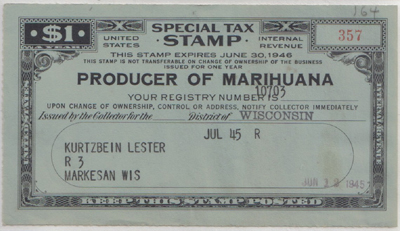What is Hemp?
A common question many people have when they first encounter hemp is: “What exactly is hemp?” This page is designed to explain what hemp is, how it differs from marijuana, and the many ways it plays a role in our daily lives.
To start, it’s important to clear up a frequent point of confusion: the difference between hemp and marijuana. While both come from the Cannabis sativa plant species, they are distinctly different in composition and use. Legally, hemp is defined as any part of the cannabis plant—including its seeds and all derivatives, extracts, cannabinoids, isomers, acids, salts, and salts of isomers—with a delta-9 tetrahydrocannabinol (THC) concentration of no more than 0.3% on a dry weight basis. This low THC content is what separates hemp from marijuana and ensures that it does not produce any psychoactive effects.
This legal definition was established and clarified under the 2018 Farm Bill, which removed hemp from the Controlled Substances Act. As a result, hemp is now federally legal in the United States for industrial and consumer use.
Hemp is one of the oldest cultivated plants in human history, with records of its use dating back thousands of years. It has been used to make textiles, paper, food, oils, rope, building materials, and even biodegradable plastics. Its fibers are strong and durable, and its seeds are rich in nutrients—making hemp a highly versatile and sustainable resource.
Another frequent question people ask is, “Will hemp get me high?” or “Does hemp contain THC?” The short answer is no. While hemp does contain trace amounts of THC, the levels are so low (under 0.3%) that it cannot produce the intoxicating effects associated with marijuana. This means that hemp-based products—such as oils, lotions, soaps, textiles, and even foods—are safe to use and won’t make you feel high or cause you to fail a drug test.
In summary, hemp is a non-psychoactive, incredibly useful plant with a wide range of applications. It continues to grow in popularity as a sustainable alternative in industries ranging from wellness to construction, and its future is as promising as its long and fascinating past.
There are 3 types of hemp cultivars
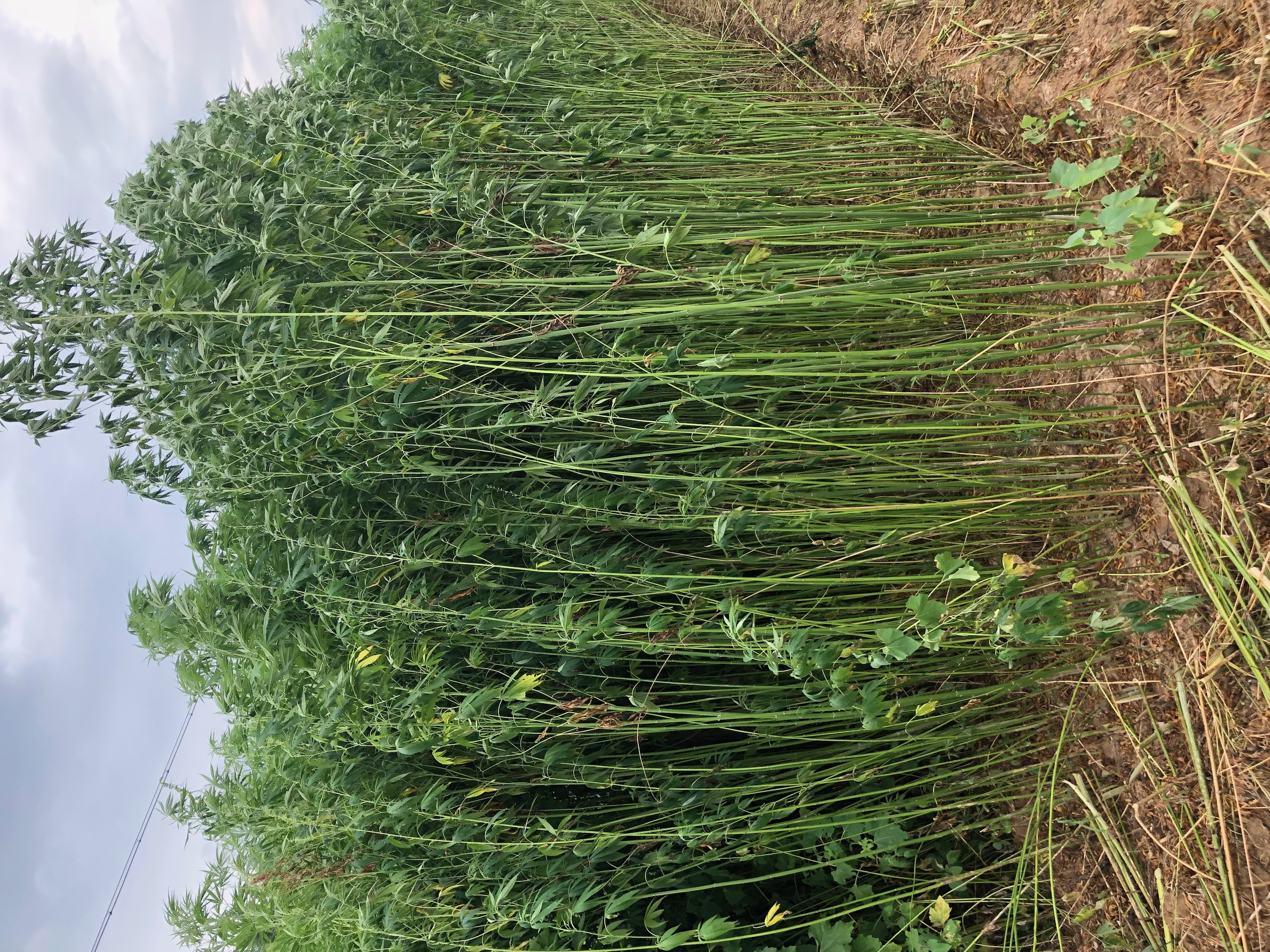
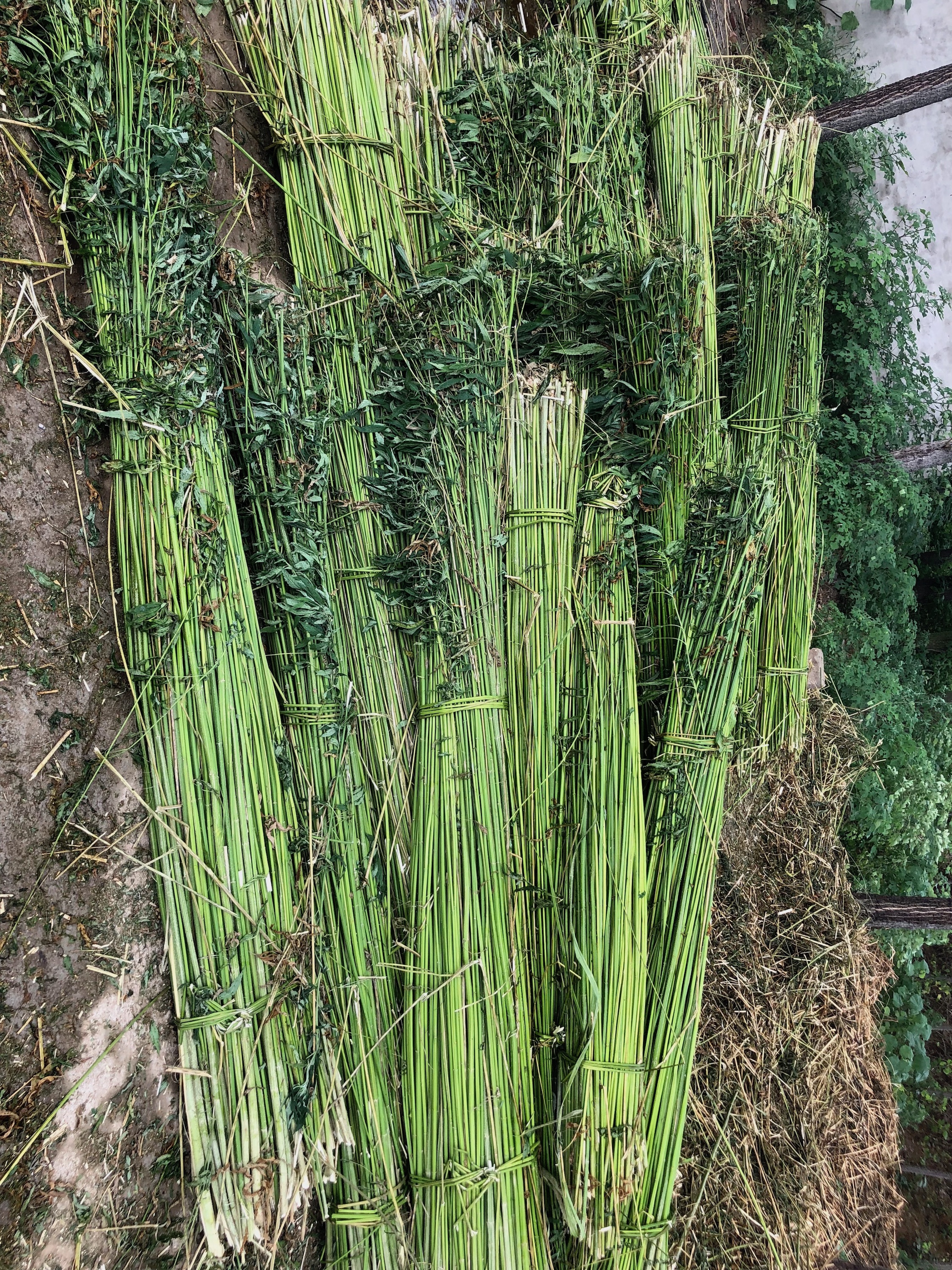
Hemp Fiber
Hemp fiber cultivars are grown closely together and can reach impressive heights, typically ranging from 10 to 12 feet. The stalks are narrower compared to those of grain and CBD varieties, and there are fewer branches emerging from the main stalk.
To ensure the best quality fiber, hemp fiber crops are harvested before they are pollinated and begin to produce seeds. Hemp fiber being grown is similar to a corn field and most of the time are dry farmed which mean they do not require irrigation. Another unique attribute to hemp fiber fields is that they do not require the use of pesticides or herbicides as does a field of cotton.
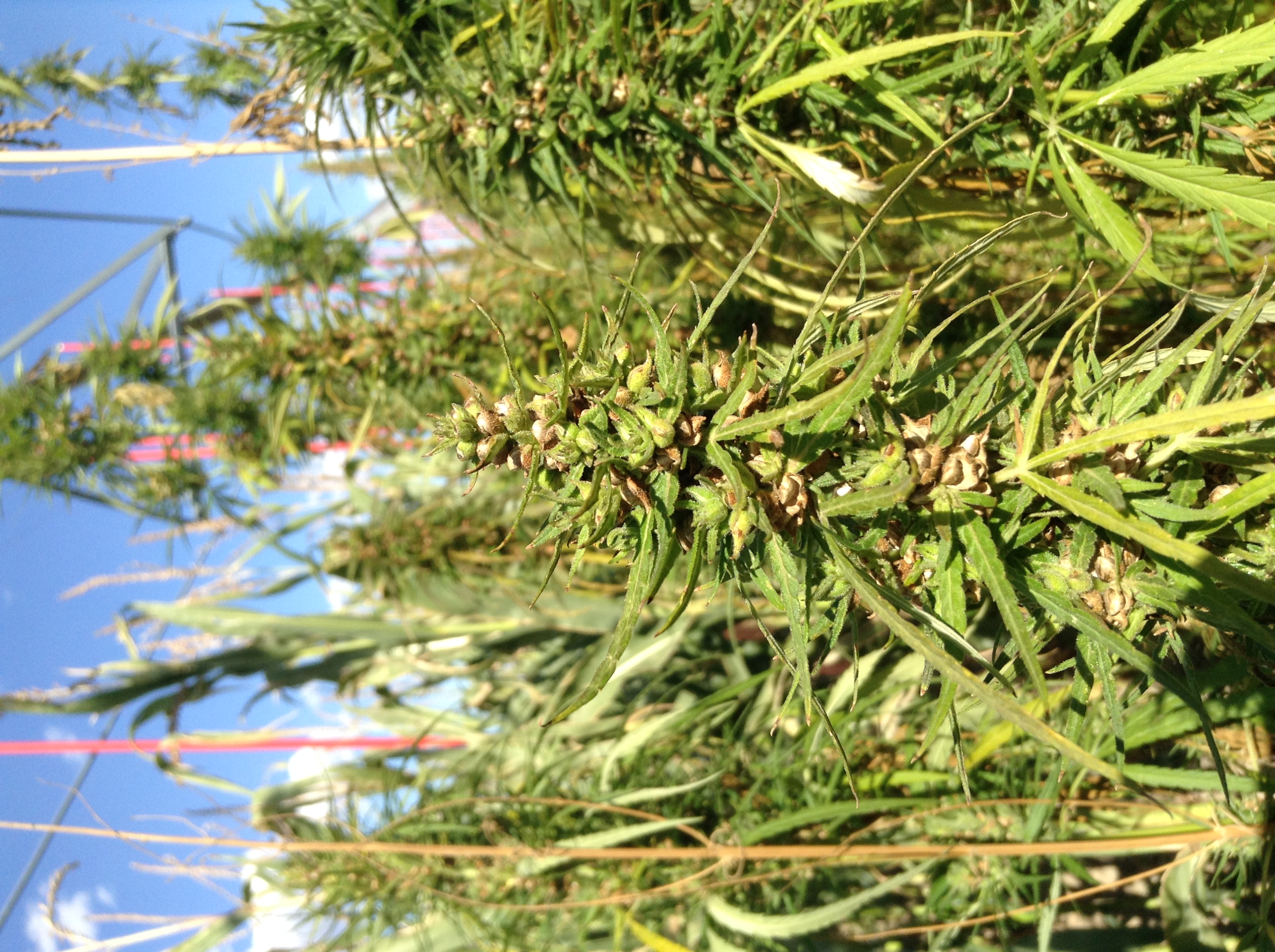
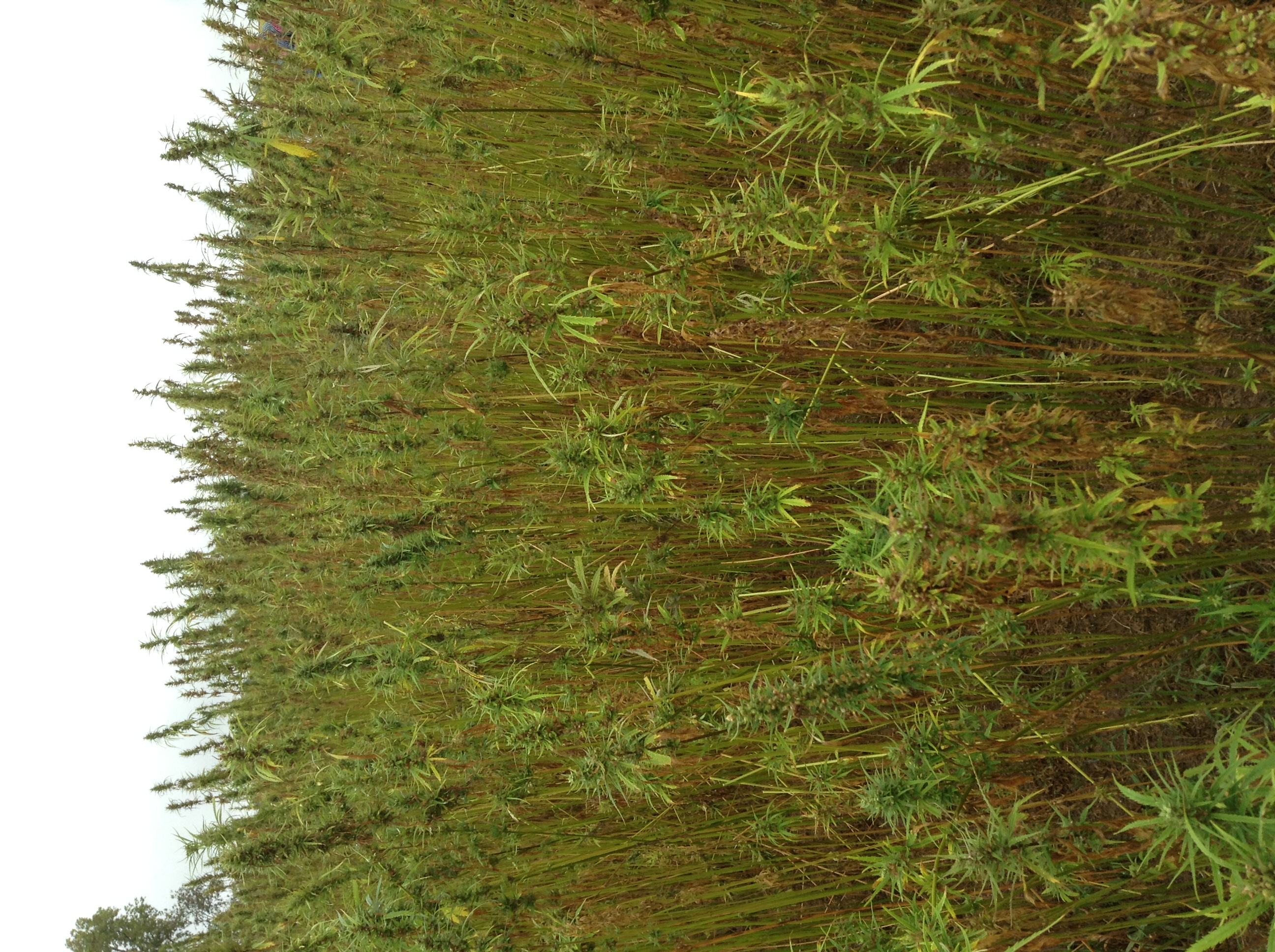
Hemp Grain
Hemp grain crops are cultivated primarily for their seeds. These fields are also grown densely, but unlike fiber crops, they have more branches and pollinate themselves with both male and female counterparts of the plant. Hemp grain is mainly used in the food and nutrition industry due to its high protein, fiber, and fatty acid content. While not as slender as the fiber variety, hemp grain typically grows to about 5 to 7 feet tall. One important consideration for those looking to grow hemp for grain is that the seeds are thin-walled and delicate, making them more fragile. Hemp seeds crops can be used in a variety of uses including: lotions, soaps, shampoo's and conditioners and as a cooking oil as well as hemp milk.
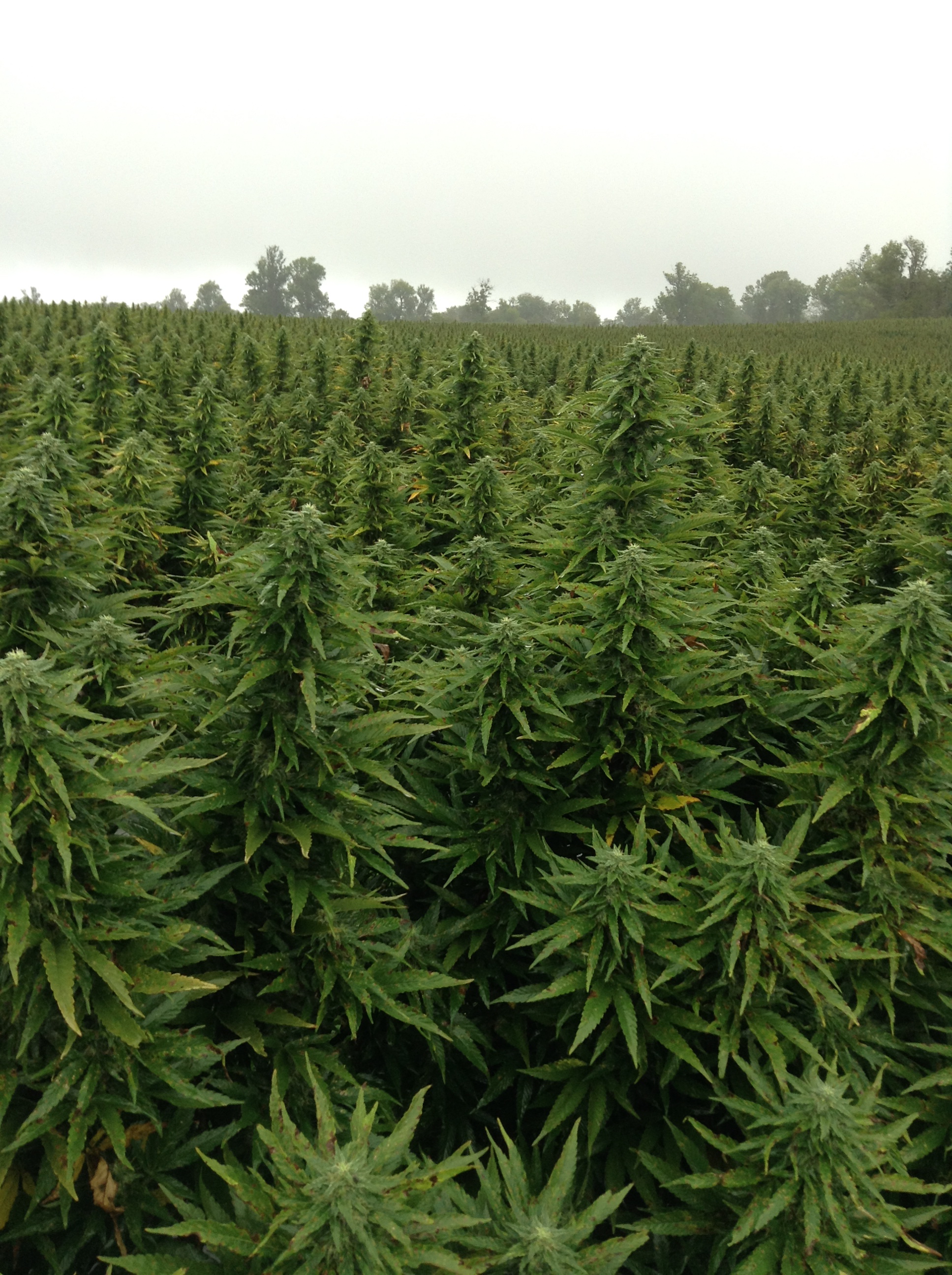
Medicinal Hemp (CBD)
Unlike the other two varieties, this type of hemp is quite bushy and can reach heights of 6 to 12 feet. This type of hemp is known as CBD. Growers must closely monitor factors such as soil composition, pH levels, and moisture content to maximize CBD yields while ensuring that THC levels remain within legal limits when post harvest and infield testing is performed.
Hemp is legal to grow on an industrial scale in all U.S. states with licensing from the states agricutural department that you reside in. Hemp is legal to possess in all states, which often leads to confusion about its status. Hemp can be imported into the U.S. in various forms, including raw seeds, herds, or fiber, as well as finished products like t-shirts, twine, soaps, lotions, and rope. Despite being legal, nearly all hemp in America is imported from other countries, primarily China, Canada and Europe. However, hemp is gradually gaining popularity as an industrial crop in states like Montana, Colorado, Kentucky and other states.
Hemp has a rich history in the U.S. and was once a widely cultivated crop. Many of the founding fathers grew hemp for a variety of purposes, including paper manufacturing, textiles, and edible seeds. However, in 1937, the Marihuana Tax Act was passed, imposing a tax on cannabis sales, including both hemp and marijuana. There is some debate about the true motivation behind the act—whether it was due to the rise in marijuana use or the competition hemp posed to certain market industries. Some argue that hemp's potential as a source of paper and textiles played a key role in the legislation that banned it. While the act was repealed in 1969, it was quickly followed by the Controlled Substances Act of 1970, which made it illegal to grow hemp without a permit due to its perceived connection with marijuana.
